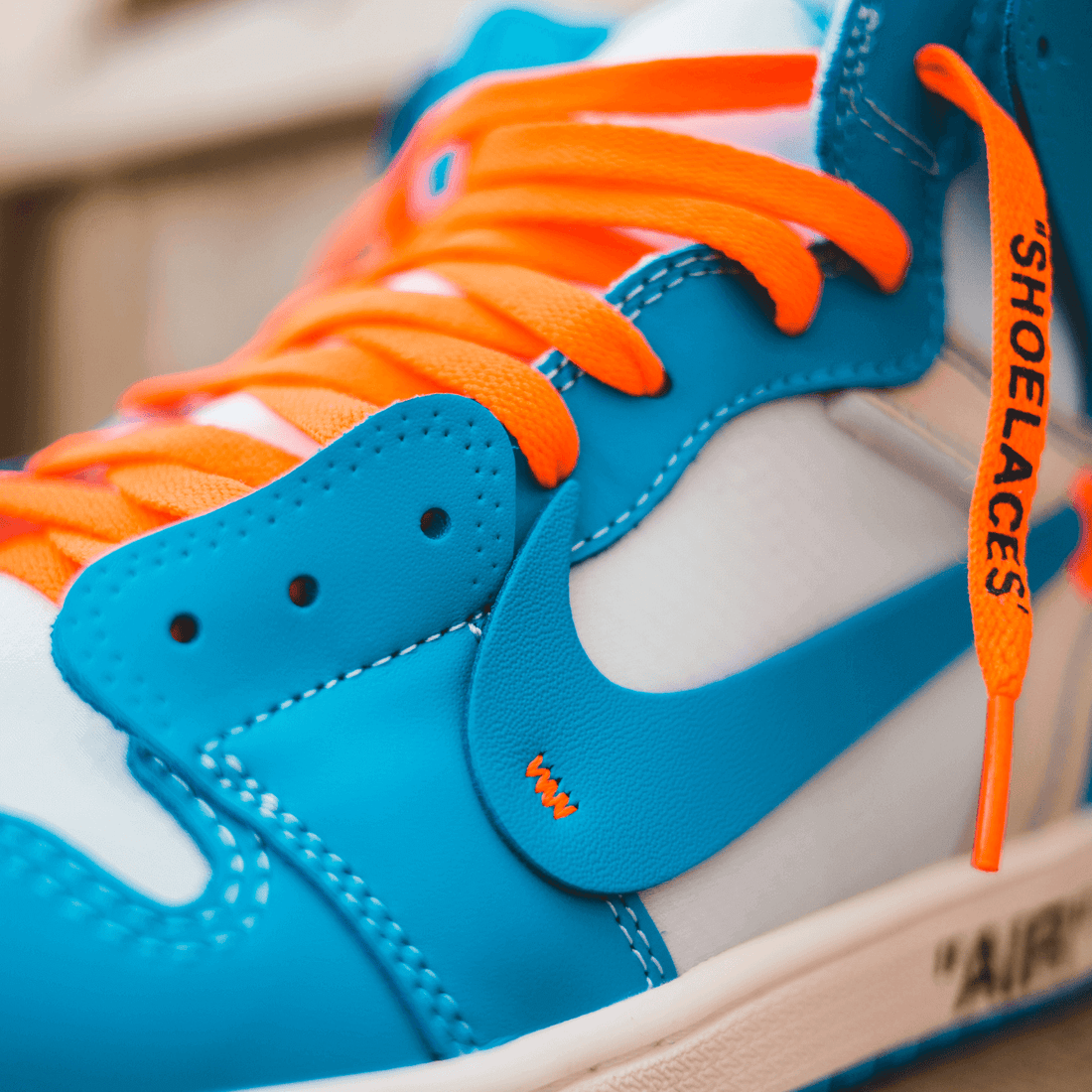
The Global Evolution of Sneaker Culture
Share
Sneakers have become more than just shoes—they’re a cultural movement. From their humble beginnings as functional athletic footwear to becoming a global fashion statement and symbol of status, the evolution of sneaker culture is a story that spans decades, continents, and generations. Let’s take a look at how this worldwide phenomenon unfolded.
The Birth of Sneakers
The sneaker's origins can be traced back to the early 20th century, when rubber-soled shoes were developed to meet the needs of athletes. These early versions were designed for sports, with performance and comfort being the primary focus. While they didn’t make waves in the fashion world just yet, they laid the foundation for what would soon become an iconic cultural item.
As urban sports like basketball and tennis grew in popularity, sneakers began to gain more visibility. These shoes became a practical choice for athletes and an everyday option for those who enjoyed an active lifestyle. It was in this period that sneakers began to make their way from the courts to the streets, marking the beginning of a broader cultural shift.
Sneaker Culture Goes Mainstream
By the late 20th century, sneakers were no longer just for athletes—they were embraced by the fashion-forward youth and subcultures around the world. The growing influence of hip-hop culture, streetwear, and skateboarding played a pivotal role in the sneaker’s rise to mainstream popularity.
In cities like New York and Los Angeles, sneakers became a part of the urban identity. They symbolized individuality, rebellion, and a connection to street culture. Wearing a fresh pair of kicks was more than just a style choice—it was a statement. Throughout the 80s and 90s, sneaker culture grew exponentially as different groups adopted and reinterpreted the sneaker’s role in their respective worlds.
Sneakers became synonymous with authenticity. Whether worn by skaters on halfpipes, hip-hop artists on stage, or kids in the streets, they were a badge of honor, representing both style and belonging. As this culture expanded, the sneaker went from being a simple shoe to a canvas for self-expression.
Global Expansion
Sneaker culture didn’t just stay within urban areas of the United States—it spread across the globe. In cities around the world, from Tokyo to Paris, sneakers became integral to streetwear and youth culture. The sneaker craze took off in the late 90s and early 2000s, and soon sneakerheads from every corner of the globe were lining up for the latest drops.
In Europe, sneakers became a key element of street fashion, often paired with high-end designs, creating a fusion of luxury and casualwear. In Asia, sneaker culture flourished as well, with countries like Japan and South Korea putting their own unique spins on streetwear. Tokyo emerged as a hotspot for sneaker enthusiasts, where the love for sneakers blended with avant-garde fashion and street art, further pushing the boundaries of what sneakers could represent.
The rise of social media and e-commerce also contributed to the international explosion of sneaker culture. Sneaker lovers no longer had to rely on local shops for the latest releases—they could connect with global communities, buy limited-edition pairs, and trade rare finds online. This digital shift helped sneakers transition from a regional style to a global obsession.
Sneaker Collecting and Resale Markets
As sneaker culture grew, so did the demand for rare and exclusive designs. This birthed a booming secondary market, where limited-edition sneakers could be resold at a premium. Collecting sneakers became a serious hobby for many, with enthusiasts scouring the globe for the rarest pairs. What started as a practical item of clothing had now evolved into an art form.
Sneaker collectors, or “sneakerheads,” built impressive collections, often worth thousands of dollars. These collections were not just about fashion; they were investments, status symbols, and a reflection of one’s dedication to the culture. Sneaker conventions and expos became common events, allowing fans to show off their prized kicks, trade with others, and celebrate their shared passion.
The Role of Sneaker Culture Today
Today, sneaker culture is more prominent than ever. Sneakers have become a staple in every wardrobe, from high-fashion runway shows to everyday streetwear. They transcend age, gender, and socioeconomic boundaries, allowing everyone to participate in sneaker culture in their own way. Sneaker enthusiasts no longer follow trends—they set them.
More than just a fashion item, sneakers have become part of larger conversations about art, music, sports, and social movements. They’ve become symbols of identity, representing cultural heritage, values, and even activism. Sneaker collaborations with artists, athletes, and designers have blurred the lines between fashion, art, and culture, making each release an event that transcends style.
The Future of Sneaker Culture
As sustainability becomes a more pressing issue globally, sneaker culture is also evolving to meet the challenges of the future. Consumers are increasingly conscious of the environmental impact of their footwear, and innovations in sustainable materials and production methods are beginning to take hold. The future of sneakers may very well be rooted in eco-conscious design, pushing the boundaries of both form and function.
At the same time, sneaker culture continues to grow, with new trends emerging in different parts of the world. Whether through digital innovations like virtual sneakers or the continued rise of limited-edition releases, the sneaker scene is evolving faster than ever.
Conclusion
Sneaker culture has come a long way from its athletic roots. It’s no longer just about the shoes themselves, but about the lifestyle and community they represent. What began as functional footwear has transformed into a global movement—one that continues to inspire self-expression, creativity, and a sense of belonging for millions around the world.
Whether you’re lacing up a classic pair for a night out or displaying a rare edition in your collection, one thing is clear: sneakers aren’t just shoes—they’re a reflection of culture, passion, and the global phenomenon that shows no signs of slowing down.
